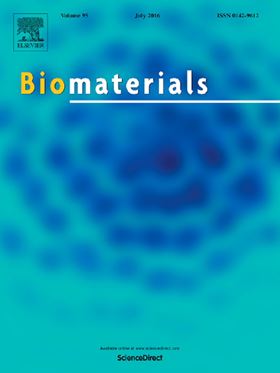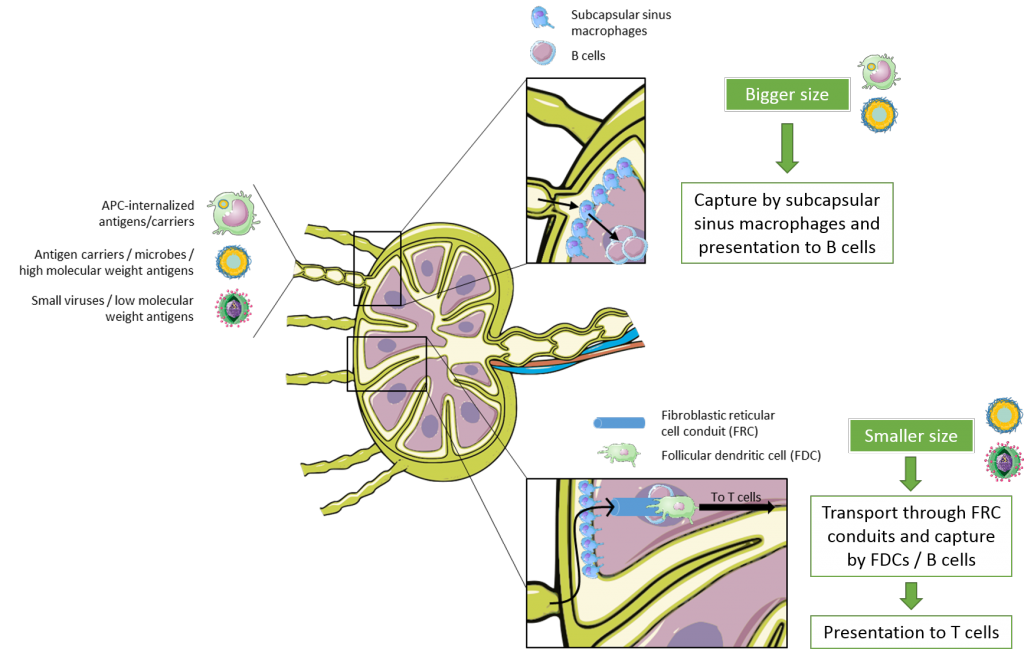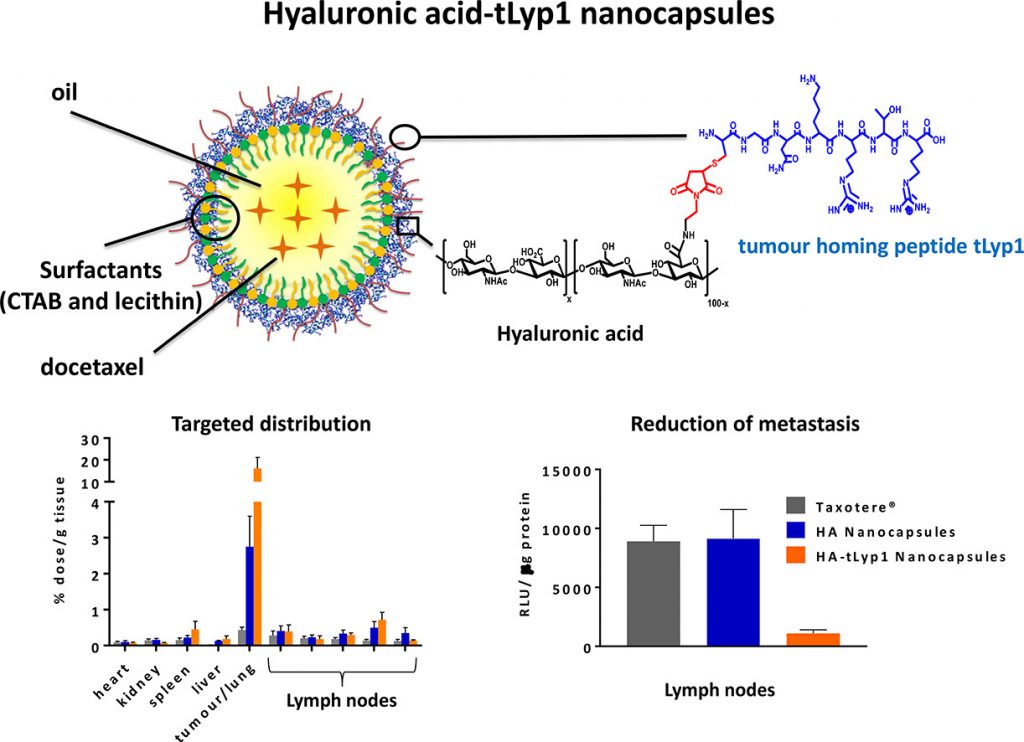In: Nanocapsules

Targeting neurodegenerative diseases with RNA interference through the nose?
January 2, 2020We describe how the physicochemical properties of polymeric nanocapsules have a tremendous impact in their capacity to disseminate and accumulate in the different subpopulations of immune cells in the lymph nodes.
Read More
Our latest paper, published in Nanomedicine: “Design of polymeric nanocapsules to improve their lympho-targeting capacity”
November 11, 2019We describe how the physicochemical properties of polymeric nanocapsules have a tremendous impact in their capacity to disseminate and accumulate in the different subpopulations of immune cells in the lymph nodes.
Read More
Our latest paper, published in Journal of Drug Targeting: “Engineering polymeric nanocapsules for an efficient drainage and biodistribution in the lymphatic system”
February 11, 2019The objective of this work was to evaluate the influence of particle size (≈100 versus 200 nm) and surface composition of polymeric nanocapsules (chitosan, polyarginine and carboxymethyl-β-glucan) on their ability to target specific immune cells in the lymphatics.
Read More
Get free access to our latest paper: “Co-delivery of RNAi and chemokine by polyarginine nanocapsules enables the modulation of myeloid-derived suppressor cells”
January 25, 2019Free access until February 21 to this article, dedicated to Prof. N. Peppas and Prof. R. Langer, published in Journal of Controlled Release
Read More
“A multifunctional drug nanocarrier for efficient anticancer therapy”, article dedicated to Prof. N. Peppas and Prof. R. Langer, published in Journal of Controlled Release
December 26, 2018The nanocarrier consisting of functionalized Lyp1-hyaluronic acid nanocapsules accumulated drastically in the tumor tissue (a-37 times higher tumor accumulation than Taxotere®), a fact that was translated into a drastic decrease in tumor growth and metastatic spreading, in an orthotopic lung cancer model.
Read More